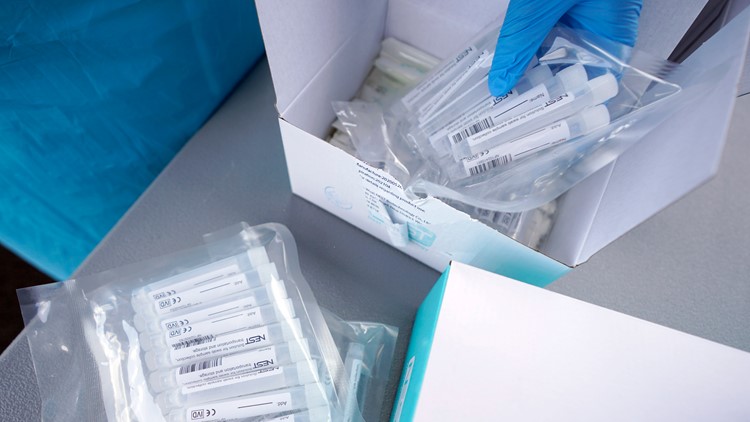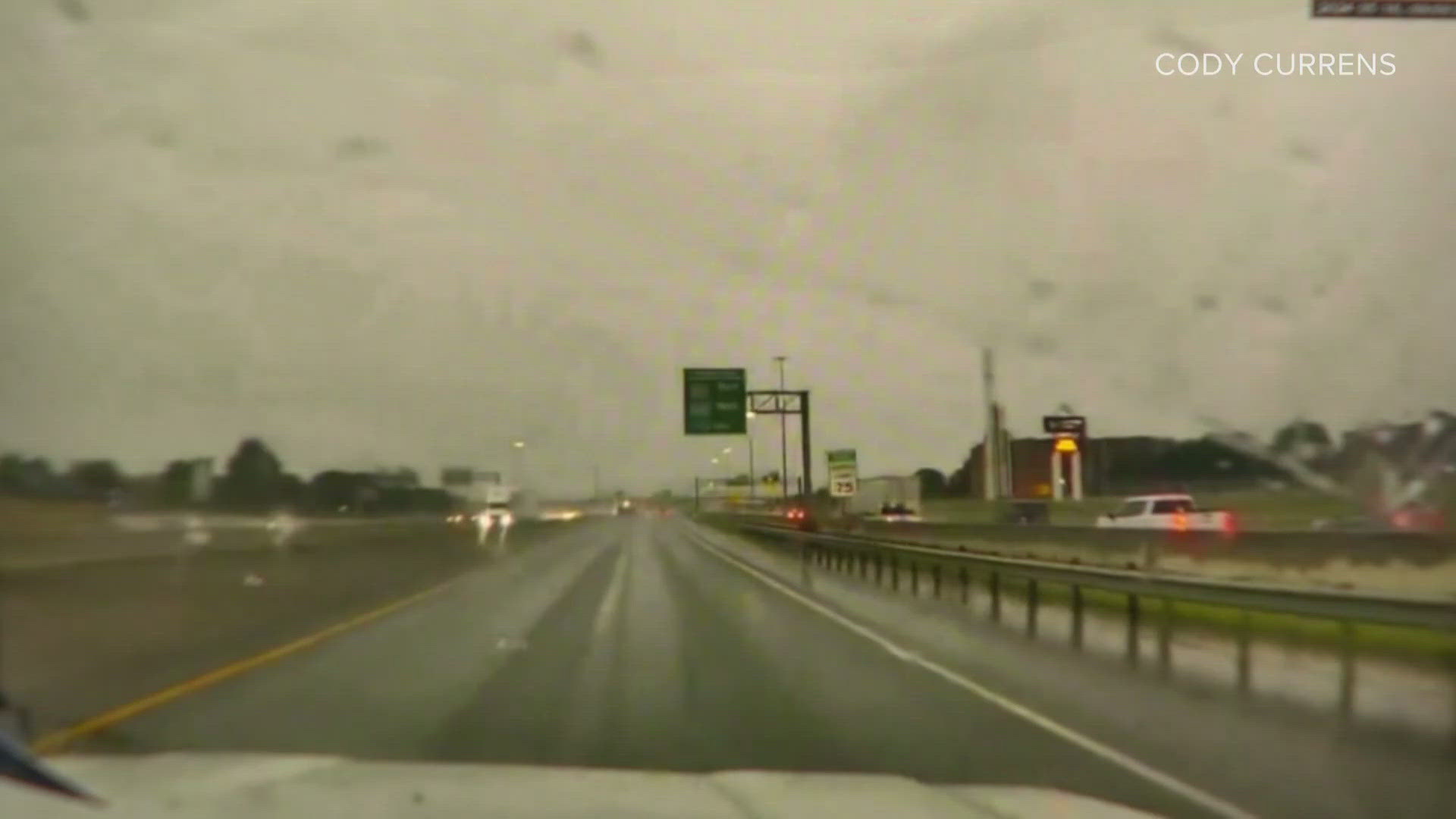There are a lot of numbers and statistics related to the novel coronavirus. Here's a breakdown of how Texas and counties track the spread of COVID-19.
COVID-19 investigations in Texas are conducted by the local city or county health department if one exists.
The Texas Department of State Health Services regional office conducts the case investigations in areas that don’t have a local health department.
Dallas County, Tarrant County, Denton County and Collin County have local health departments.
Most of the other counties in North Texas have a local health authority, which is a doctor in the area hired to communicate with state officials and share COVID-19 data.
The Texas Department of State Health Services developed a web-based case management system called Texas Health Trace.
Local health departments were given choices on how to use the system. The options range from uploaded data while continuing to do their own case investigation and contact tracing to having state health officials do all tracking.
The Texas Department of State Health Services posts case counts based on what local health departments are reporting and what the Texas Department of State Health Services regional offices report for each county they cover.
Most of the larger local health departments continue to do their own case investigations but many have now opted to have state health officials do the contact tracing, according to the Texas Department of State Health Services.
Texas Health Trace allows the state case investigation and contact tracing workforce to assist local health departments when the number of new cases is too high for a local health department to manage on its own.
The statistics reported for a county on any given day are the numbers reported to state health officials from the previous day.
Daily cases
The number of new COVID-19 cases each day helps show how fast the disease is spreading. However, it is not a perfect representation if the number of people being tested is also increasing.
All COVID-19 cases are reportable to the Texas Department of State Health Services. Anyone who receives a positive test is assigned to a disease nurse that handles COVID-19 patients.
The nurses then begin finding and contacting people who have been in physical contact with the patients.
In late March, the Texas Department of State Health Services updated how it tracked new cases, by including all cases reported from local health departments. Before this, state officials only reported the numbers from official case reports, which led to a lag in reporting.
Deaths
One of the simplest ways to see how hard COVID-19 is hitting Texas is to look at the number of people who have died from the virus.
Deaths will typically lag cases and hospitalizations by six to nine days, so it should not be viewed as an indication of how a county is currently doing on the day the statistics are reported.
In late July, the Texas Department of State Health Services said it changed how it was going to count COVID-19 deaths.
State officials started getting their death count from medical certifiers, who would determine if someone died directly from COVID-19 and not unrelated issues. Previously, the Texas Department of State Health Services tracked this statistic as local and regional health departments publicly reported the numbers.
Active cases, recoveries
Looking at the number of active cases and recoveries can help illustrate how much of the total case count is connected to people infected on the day of a report.
The state calculates these two statistics by an estimation that is based on assumptions related to hospitalization rates and recovery times.
The problem is that some people recover quicker than others while some end up in the hospital much longer than expected.
Some health experts have said that when a virus is spreading like COVID-19, recovery data is not always the most accurate information to rely on.
Hospitalizations
The number of people in the hospital for COVID-19 can impact the hospitals themselves. If the number of hospitalized people with the virus rises to a point that the hospital can't handle, that can cause a hospital to turn other parts of its building into an area for COVID-19 patients.
The number of people with COVID-19 using ICU beds is also an important statistic because a hospital only has a certain number of ICU beds available for its patients.
In late July, the Department of State Health Services said 18% of Texas hospitals were not reporting complete data to the agency.
This came after a change in federal requirements that allowed hospitals to report directly to Health and Human Services rather than the Centers for Disease Control. This allowed for more timely hospital data, according to state officials.
Positivity rate
The average daily positivity rate is determined by dividing the seven-day average of cases by the seven-day averages of total tests. This helps show how a county has been hit by COVID-19 over a large span of time while also minimizing spikes that are outliers.
Gov. Greg Abbott has consistently relied on this statistic to determine how effectively Texas is fighting COVID-19.
In late May, state officials changed how they reported the positivity rate by separating viral tests and antibody tests from its calculation.
The Texas Department of State Health Services no longer included antibody tests to avoid a misrepresentation of people who currently have COVID-19.
Viral tests are performed through a nose or saliva swab while antibody tests are performed by a blood sample. Viral tests show is someone currently has COVID-19 while antibody tests only look for signs if a person has had it in the past.
Nursing home and assisted living facility
The number of people with COVID-19 in nursing homes and assisted living facilities is important to keep track of.
People living in these facilities are susceptible to outbreaks since they are oftentimes in groups and inside buildings. They are also frequently at an age that can make it dangerous to get the COVID-19 virus.
In late July, the Texas Health and Human Services Commission started posting regular updates on COVID-19 cases in nursing homes and assisted living facilities.



